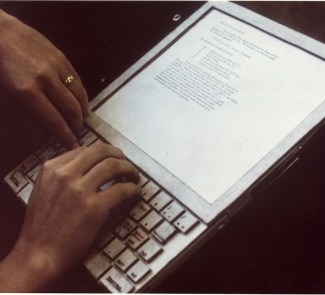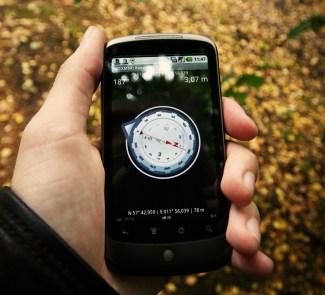The start-up Artemis is behind the pCell, a new technology that could multiply current communications speeds by 1,000
In the midst of the roll-out of 4G networks – and with talk already of 5G, to underscore the importance of speed in mobile connections – a start-up created in 2011 has come up with its own approach to this question. Artemis, the name of the Greek goddess that the company adopted, is working with wireless technology, pCell, which could revolutionise the system of communication towers that is used today. As a result, users would enjoy speeds up to 1,000 times faster than what we’re currently used to.
PCell’s operation is not based on communication towers – the system currently used to distribute bandwidth among mobile users. This infrastructure poses several problems; the most pressing of which is saturation: when there are many users connected to the same point, all of the traffic is channelled through a single tower, which results in a loss of speed or even dropping the connection.
But the issues in regard to this overcrowding can’t be resolved by putting up more towers, because they generate interference if their fields are too close together. This is what Artemis has proposed to fix with its pCell. The start-up has created small router-sized devices that form access points.
These ‘pWaves’ can be located very close to each other without generating interference. The pCell technology doesn’t try to minimise interference, as is normally the case, but rather to take advantage of these collisions between radio waves to increase the power of the network. Users have their own ‘personal’ connections on the network (this is the concept that underlies the omnipresent ‘p’ that precedes all of the names).
This way, each user will have total coverage at all times, and the speed would be multiplied by 1,000 with respect to current speeds. Artemis’s technology will be rolled out commercially for the first time in the last quarter of this year in San Francisco. At least that is what the company plans to do, although they still have to find the right partner to deploy their pWaves on the rooftops of 350 buildings.
The only requirement for mobile devices is LTE capability; no other specific hardware is required. The advantages of this technology aren’t limited just to speed; power consumption is also lower than in existing communications. A pWave device uses one milliwatt to transmit data, as opposed to a Wi-Fi point, which requires 250 milliwatts, not to mention what a communications tower uses. However, we’ll have to wait and see how many pWaves are needed to cover a particular area, but at first glance, it looks to be an innovative solution for areas with high population densities.









